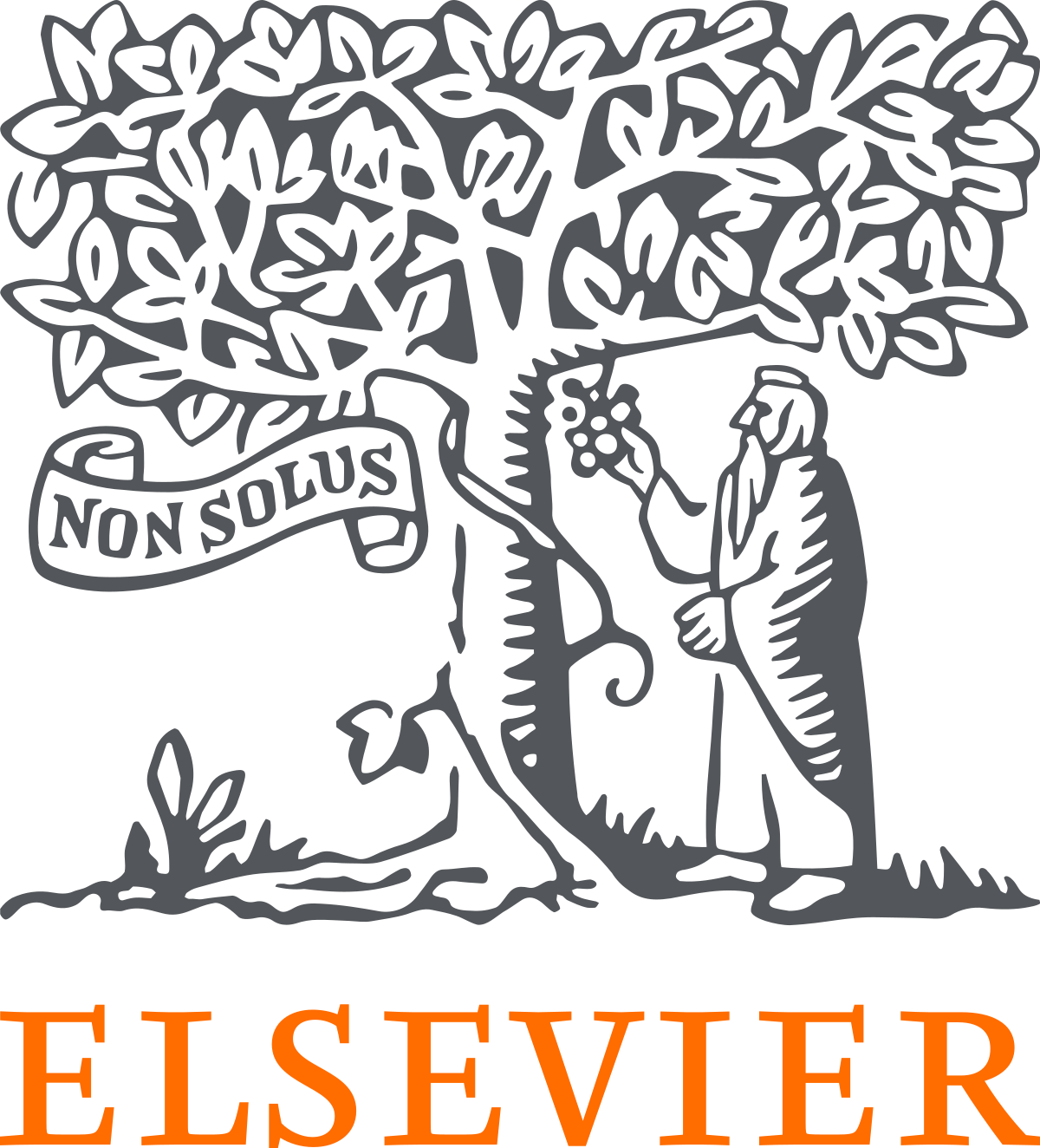Optimizing Engineering Processes through Intelligent Systems and Automation
Keywords:
Intelligent Systems, Automation, Engineering Optimization, Artificial Intelligence, Machine Learning, Manufacturing Efficiency, Process Automation, Engineering Design, Smart Manufacturing.Abstract
The emergence of intelligent systems and automation have transformed different industries especially the area of engineering. This paper investigates the possibilities of exploiting these technologies for optimizing the engineering processes. With the use of artificial intelligence (AI), machine learning (ML) tools, and automation tools, the engineering processes can be more efficient, precise, and flexible. This study seeks to analyse how intelligent systems and automation can be implemented to get better outputs in engineering in the design, manufacturing, and maintenance stages. The approach involves the thorough review of already-existing systems, along with practical application of case studies indicating use in reality. The results show major improvement in operating performance, decrease in errors and improvement of decision-making capabilities. Lastly, the paper outlines the challenges, the expected implications and the future of the intelligent systems in the engineering processes.
Downloads
References
Haleem, M. Javaid, R. P. Singh, S. Rab, and R. Suman, “Hyperautomation for the enhancement of automation in industries,” Sensors International, vol. 2, p. 100124, Jan. 2021, doi: 10.1016/j.sintl.2021.100124.
Boodi, K. Beddiar, M. Benamour, Y. Amirat, and M. Benbouzid, “Intelligent Systems for building energy and Occupant Comfort Optimization: A state of the art review and recommendations,” Energies, vol. 11, no. 10, p. 2604, Sep. 2018, doi: 10.3390/en11102604.
H. Sarker, “AI-Based modeling: techniques, applications and research issues towards automation, intelligent and smart systems,” SN Computer Science, vol. 3, no. 2, Feb. 2022, doi: 10.1007/s42979-022-01043-x.
G. Alam, I. Ihsanullah, Mu. Naushad, and M. Sillanpää, “Applications of artificial intelligence in water treatment for optimization and automation of adsorption processes: Recent advances and prospects,” Chemical Engineering Journal, vol. 427, p. 130011, Apr. 2021, doi: 10.1016/j.cej.2021.130011.
J. Pinskier and D. Howard, “From bioinspiration to computer generation: Developments in autonomous soft robot design,” Advanced Intelligent Systems, vol. 4, no. 1, Oct. 2021, doi: 10.1002/aisy.202100086.
W. Sha et al., “Artificial intelligence to power the future of materials science and engineering,” Advanced Intelligent Systems, vol. 2, no. 4, Feb. 2020, doi: 10.1002/aisy.201900143.
D. S. Vijayan, A. L. Rose, S. Arvindan, J. Revathy, and C. Amuthadevi, “Automation systems in smart buildings: a review,” Journal of Ambient Intelligence and Humanized Computing, Nov. 2020, doi: 10.1007/s12652-020-02666-9.
H. Shatnawi and M. N. Alqahtani, “Delving into the revolutionary Impact of artificial intelligence on mechanical Systems: A review,” Semarak International Journal of Machine Learning, vol. 1, no. 1, pp. 31–40, May 2025, doi: 10.37934/sijml.1.1.3140a.
Wang, L. Dong, D. Peng, and C. Pan, “Tactile sensors for advanced intelligent systems,” Advanced Intelligent Systems, vol. 1, no. 8, Aug. 2019, doi: 10.1002/aisy.201900090.
V. Nasir and F. Sassani, “A review on deep learning in machining and tool monitoring: methods, opportunities, and challenges,” The International Journal of Advanced Manufacturing Technology, vol. 115, no. 9–10, pp. 2683–2709, May 2021, doi: 10.1007/s00170-021-07325-7.
O. Capetillo-Contreras, F. D. Pérez-Reynoso, M. A. Zamora-Antuñano, J. M. Álvarez-Alvarado, and J. Rodríguez-Reséndiz, “Artificial Intelligence-Based Aquaculture System for Optimizing the Quality of Water: A Systematic analysis,” Journal of Marine Science and Engineering, vol. 12, no. 1, p. 161, Jan. 2024, doi: 10.3390/jmse12010161.
V. P.S, “How can we manage biases in artificial intelligence systems – A systematic literature review,” International Journal of Information Management Data Insights, vol. 3, no. 1, p. 100165, Mar. 2023, doi: 10.1016/j.jjimei.2023.100165.
M. Abdel-Aty and K. Haleem, “Analyzing angle crashes at unsignalized intersections using machine learning techniques,” Accident Analysis & Prevention, vol. 43, no. 1, pp. 461–470, Nov. 2010, doi: 10.1016/j.aap.2010.10.002.
S. Akter, K. Michael, M. R. Uddin, G. McCarthy, and M. Rahman, “Transforming business using digital innovations: the application of AI, blockchain, cloud and data analytics,” Annals of Operations Research, vol. 308, no. 1–2, pp. 7–39, May 2020, doi: 10.1007/s10479-020-03620-w.
S. Akter, Y. K. Dwivedi, S. Sajib, K. Biswas, R. J. Bandara, and K. Michael, “Algorithmic bias in machine learning-based marketing models,” Journal of Business Research, vol. 144, pp. 201–216, Feb. 2022, doi: 10.1016/j.jbusres.2022.01.083.
Downloads
Published
How to Cite
Issue
Section
License

This work is licensed under a Creative Commons Attribution-ShareAlike 4.0 International License.
All papers should be submitted electronically. All submitted manuscripts must be original work that is not under submission at another journal or under consideration for publication in another form, such as a monograph or chapter of a book. Authors of submitted papers are obligated not to submit their paper for publication elsewhere until an editorial decision is rendered on their submission. Further, authors of accepted papers are prohibited from publishing the results in other publications that appear before the paper is published in the Journal unless they receive approval for doing so from the Editor-In-Chief.
IJISAE open access articles are licensed under a Creative Commons Attribution-ShareAlike 4.0 International License. This license lets the audience to give appropriate credit, provide a link to the license, and indicate if changes were made and if they remix, transform, or build upon the material, they must distribute contributions under the same license as the original.





